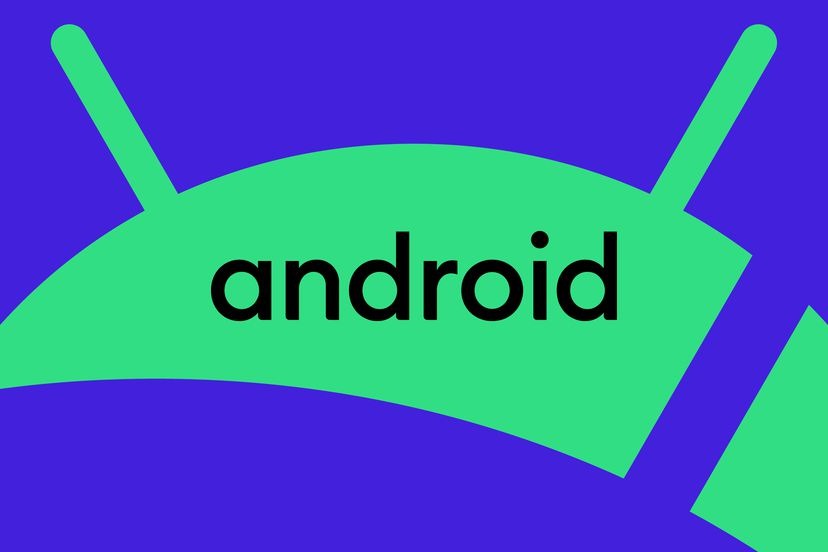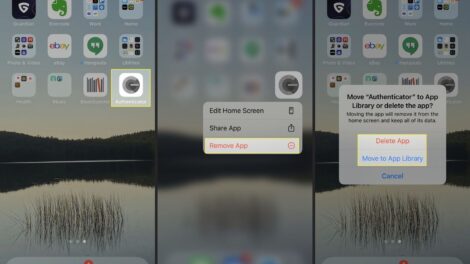Android’s Upcoming Battery Insights
Google is finally catching up with Apple in this regard. In the latest version of Android, there is a new battery health indicator that will show you the manufacture date of your battery and its cycle count. This is a good start, but it’s not quite as comprehensive as the iPhone’s battery health indicator.
What the Indicator Shows
The new Android battery health indicator will show you two pieces of information:
- The manufacture date of your battery
- The cycle count of your battery
The manufacture date tells you how old your battery is. The cycle count tells you how many times your battery has been fully charged and discharged. A higher cycle count means that your battery is closer to the end of its lifespan.
What the Indicator Doesn’t Show
The new Android battery health indicator doesn’t tell you the most important thing: how much capacity your battery has left compared to when it was new. This is the information that the iPhone’s battery health indicator gives you, and it’s the most useful piece of information to know.
Google says that it may add a more comprehensive battery health indicator in the future, but for now, we’ll have to make do with the manufacture date and cycle count.
What Android’s Battery Health Indicator Means for Users
If you’re an Android user, the new battery health features bring helpful but still limited visibility into your device’s power cell lifespan.
Incomplete but Welcome Visibility
While the manufacture date and cycle count statistics fall short of the detailed degradation data iPhone provides, it’s a start toward better lifetime estimates.
Even basic metrics grant more agency to gauge replacement timing as batteries inch toward end-of-life.
Third-Party Apps Remain Useful
However, to extract fuller precision on current charge capacities compared to original maximums, third-party battery analytics apps retain their utility.
Forward-thinking Android manufacturers like Asus already provide detailed power cell analytics baked into their proprietary phone software layers too.
Room for Improvement
Still, Google opening firmware APIs for deeper battery health integration suggests they’re invested in closing the monitoring gap with iOS.
And that choice stands to benefit everyone invested in extending mobile device longevity through better-informed battery replacement decisions.
Maximizing Android Battery Lifespan – Best Practices
While Android’s battery insights help track degradation, optimal charging and usage habits maximize overall lifespan dramatically.
Avoid Temperature Extremes
Leaving devices in hot cars or direct sunlight strains batteries over time. When possible, keep phones between 15°C and 35°C.
High heat also temporarily halts charging to protect cells, delaying power-up times.
Maintain a 40-80% Charge
Fully draining or saturating phone batteries accelerates degradation over years. Instead, keep levels between 40% and 80% during typical use.
For extended storage, discharge cells to approximately 40% capacity to minimize strain.
Use Official Chargers
Charging with third-party bricks, even high wattage ones, risks overheating or abnormal voltage levels.
Stick to OEM charging accessories that integrate protection regulation circuitry.










Add Comment